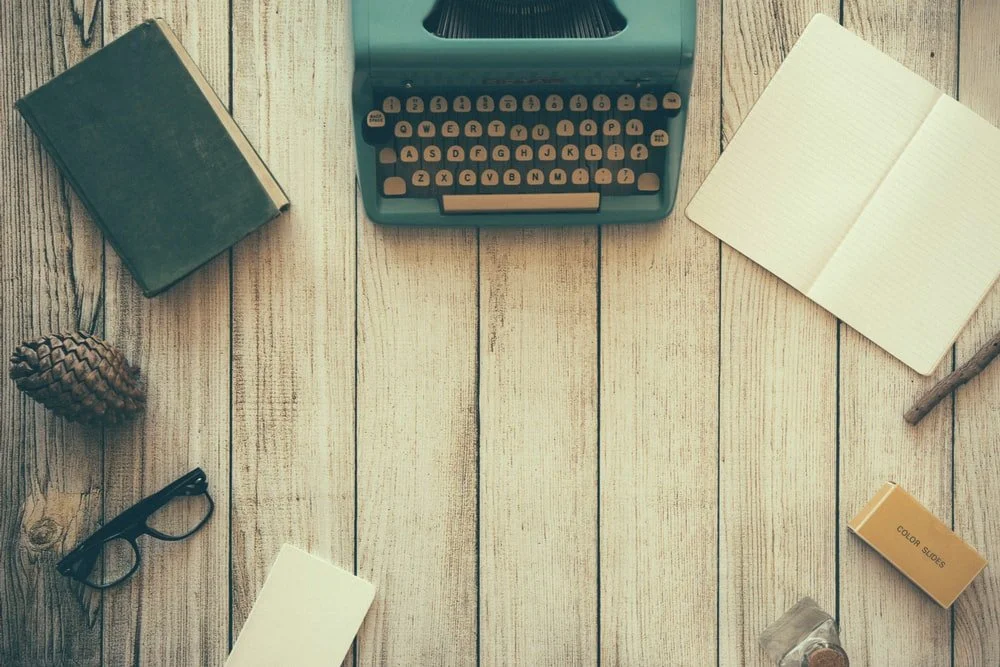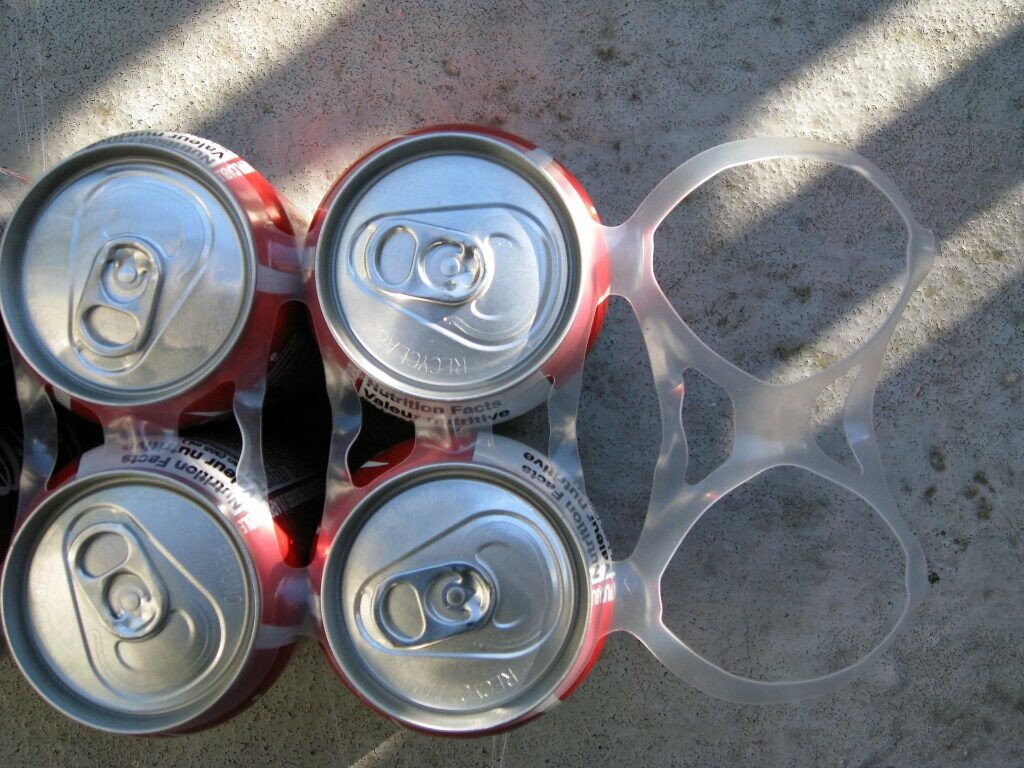Have you heard of the Jerusalema Dance or seen it or even danced it? It may well be that you are not familiar with this dance that has taken the world by storm. I would say this dance is yet another perfect example of how small beginnings can evolve into something as widespread as this dance. It all began late one night in South Africa in August 2019, when the musician and record producer Kgaogelo Moagi, known professionally as Master KG, composed the music. His sister Nomcebo Zikode added lyrics in Zulu to the upbeat music and before long the song Jerusalema went viral.
African people never just stand and sing. As soon as music is played or songs are sung, they begin to sway and dance. So, it comes as no surprise that a special dance, the Jerusalema Dance was born. Not in South Africa, but in Angola a fun type of line dance was created to the music of the song. Interestingly, it first spread to Portugal and then went viral. More than that, it has turned into an international dance challenge, which Canadians in Montreal and Ottawa joined. In South Africa, for instance, the Jerusalema dance challenge has provided moments of joy for many during the Covid-19 pandemic. Last month, “President Cyril Ramaphosa endorsed the dance craze, [and called] on people to participate in the challenge to celebrate the country’s Heritage Day.” https://www.independent.co.uk
Of all the Jerusalema dance videos I have watched on YouTube I was most impressed by the video the young Kenyan sisters of my Congregation created. I would like to invite you not only to get a taste of this fun dance but also to see how creatively the sisters showcase some of their ministries.
-Sister Magdalena Vogt, Missionary Sister of the Precious Blood
JERUSALEMA (English Translation)
Jerusalem is my home
Guide me
Take me with You
Do not leave me here
Jerusalem is my home
Guide me
Take me with you
Do not leave me here
My place is not here
My kingdom is not here
Guide me
Take me with You
My place is not here
My kingdom is not here
Guide me
Take me with You
Guide me
Guide me
Guide me
Do not leave me here











